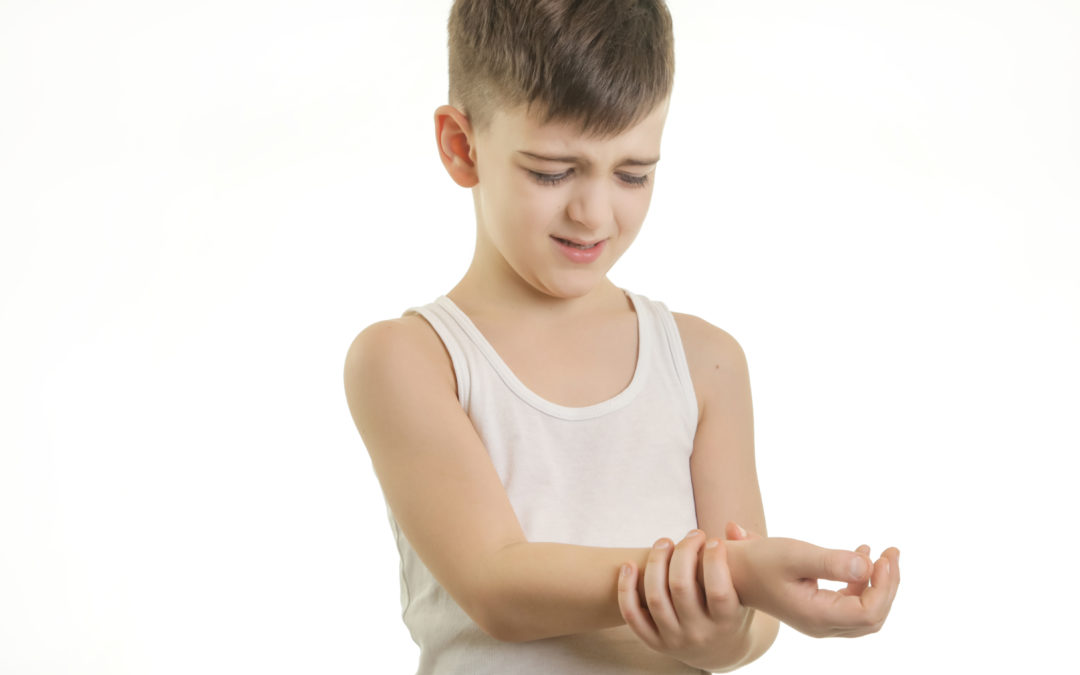
CHILDHOOD ARTHRITIS
- December 24, 2020
- Posted by Dr. Vaidya Karanvir Singh
- 0 Comment(s)
Juvenile arthritis (Javed) arthritis that occurs in children. It causes joint swelling, pain, stiffness, and loss of motion. It can affect any joint, but is common in the knees, arms, and legs. In some cases it can affect internal organs as well.
The most common type of (JA) is that adolescent children get idiopathic arthritis. There are many other types of arthritis affecting children.
Table of Contents
SIGNS AND SYMPTOMS:-
An early sign from the joint may be lame in the morning. Symptoms come and go. Some children have just one or two flare ups. There are other symptoms that never go away. Joint can cause developmental problems and some swelling in children’s eyes. Other symptoms are :-
1 Swollen ,red or hot joint
2 High fever
3 Red Spots
4 Hardness
5 Pain
6 Pale Skin
7 Sick Presence
8 Swollen Lymph Gland
9 Limited Joint Movement
10 Change Of Vision
11 Photophobia
12 Red Eyes
13 Eye Pain
CAUSES :-
Nobody knows exactly what causes (JA). Most of the types are autoimmune diseases. This means that your immune system, which normally helps your body fight infection, attacks your body’s own tissues.
The following are the most common causes of juvenile rheumatism:
1 Genetic factors
2 Environmental factors
3 Risk factors for juvenile rheumatism
The following factors may increase the likelihood of juvenile rheumatism:
1 Feeding The Beast
2 Maternal smoking
3 Sun exposure
4 Maternal infectious disease
5 Hospital infection
Most juvenile rheumatism occurs in the following age groups:
1 Birth to 16 years
2 Normal gender (Juvenile rheumatism can occur in any gender)
COMPLICATIONS IF LEFT UNTREATED :-
1 Uveitis
2 Cataracts
3 Glaucoma
4 Blindness
5 Interfering with the growth and development of bones
TREATMENT :-
The following procedures are used to treat juvenile rheumatism:
1 Surgery:- To improve joint condition
Self care for juvenile rheumatism
The following self-care tasks or lifestyle changes may help in the treatment or management of juvenile rheumatism:
1 Regular Exercise: Regular exercise to boost muscle strength and joint flexibility
2 Apply cold or heat pack: in the morning to remove stiffness
3 Eat healthy diet: to maintain normal body weight
4 Physical therapy: to prevent joint deformity and maintain movement
5 Occupational Therapist: Helps to improve strength and mobility
6 Nonsteroidal anti-inflammatory drugs (NSAIDs) :- NSAIDS are used to treat pain and inflammation.
7 Gradually anti-rheumatic drugs (SARDs) :- SARDs are used to treat pain and inflammation over time and usually take several weeks or more to work.
8 Corticosteroids or Steroids :- Corticosteroids are also used to treat pain and inflammation. Sometimes, steroids are given as an injection into the affected joint, before trying any other treatment.
9 Antimetabolitis :- It is a type of medication used to quickly control damage from an arthritis.

Dr. Vaidya Karanvir Singh is the younger Vaidya in Chandigarh Ayurved & Panchakarma Centre. He is the fourth generation in his family who is practicing as a general consultant in Ayurved & Panchakarma treatment at Chandigarh. In his practice, he had treated more than 1 Lakh Plus patients worldwide.

